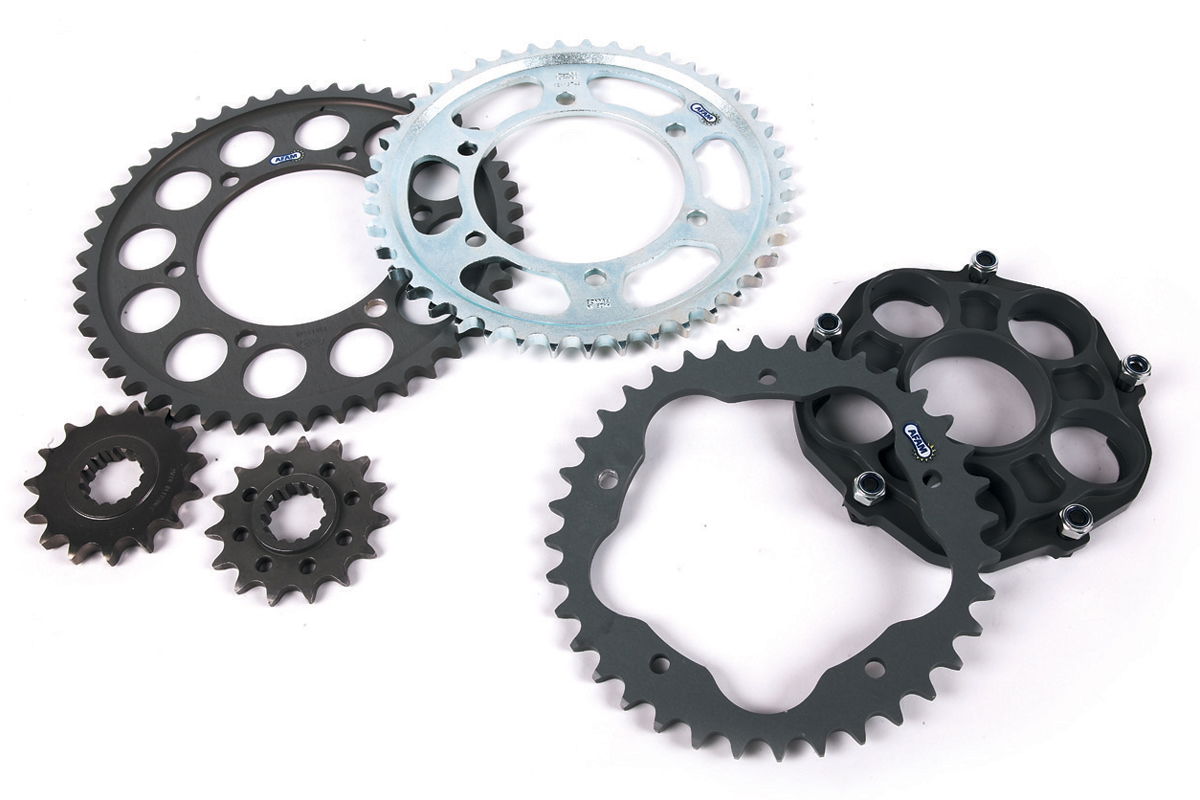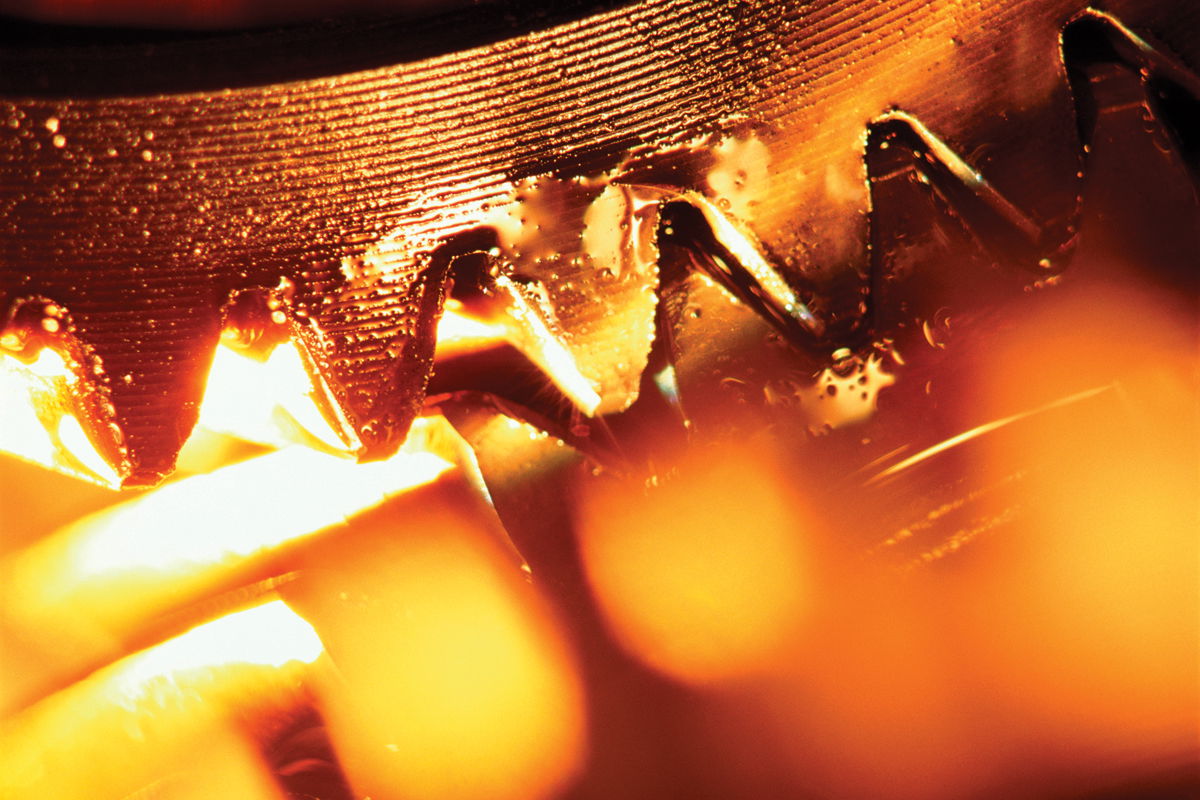Understanding Fueling
Does your life revolve around squeezing every last bit of power from your bike? Fancy a rush of ponies delivered smoothly from the moment you crack the throttle to the point where all around you is just a blur? Then sort your intake


It's simple really; power depends on a perfect burn. Get your mixture right and the air will ensure the fuel burns to produce maximum horsepower.
Skimp on air and unburnt fuel will go to waste with the exhaust gases, while too much air means precious energy (that's fuel, that is) will be left out of the cylinder. Fuel also helps cool the valves, cylinders and pistons so a very lean mixture will wear and melt engine internals. For complete combustion (Stoichiometric's the word to impress your mates), the fuel/air ratio must be around 14.7:1 - that's 14.7 pounds of air to a pound of petrol. However, complete does not mean optimum. Optimum combustion produces maximum power and is achieved with a slightly rich mixture (up to 10% air deficiency), while a slightly lean mixture (up to 10% air surplus) will give greatest fuel economy. Optimum fuel ratio usually sits between 12.8:1 and 13.2:1.
Got that? Now we all know how manufacturers compete fiercely to build the most powerful bike in the class, but when it comes to fuelling, their hands are tied by noise and emissions regulations. So some models might be set up to produce a flat spot at around 5000rpm to cheat the drive-by tests. Other manufacturers keep noise down by running an excessively rich mixture - this lowers the temperature in the combustion chamber for a less aggressive, quieter bang. Fuelling can also be set up lean-ish, with the resulting cleaner burn reducing emissions. In short, a bike's set up depends on how the bigwigs choose to deal with market regulations.
Then, fitting an aftermarket race can is sometimes enough to upset a balanced intake/exhaust set-up, while a full race system or top-end tune will certainly require tweaking the intake. Just how you go about it depends on the fuel system...
If all's well the fuel system flows and mixes accurate proportions of air and fuel before delivering it in the correct volume via the intake valve into the combustion chamber. Until recently, carburettors ruled on production bikes.
The main feature of a carburettor is its 'venturi' - a tube-like chamber through which air flows and mixes with fuel, ready for combustion. A smaller tube fitted with a nozzle (the 'jet') connects the venturi to a section of the fuel reservoir called the 'float chamber'. Air rushing through the venturi creates an area of low pressure that combines with the higher atmospheric pressure in the float chamber to draw fuel up and into the venturi. As it enters the fast-moving airflow the fuel vaporises and disperses. The faster the airflow, the more fuel will be drawn into the venturi - with the size of the jet determining the amount of fuel released for a given mixture. And here you have the basic operating principle of a carb.
Sponsored By

Britain's No.1 Specialist Tools and Machinery Superstores
When it comes to buying tools and machinery, you need to know you're buying from specialists who know what they're talking about.
Machine Mart eat, sleep and breathe tools and machinery, and are constantly updating their range to give you the very best choice and value for money - all backed by expert advice from their friendly and knowledgeable staff. With superstores nationwide, a dedicated mail order department and a 24 hour website offering quality branded items at fiercely competitive prices, they should be your first choice for quality tools and equipment.

